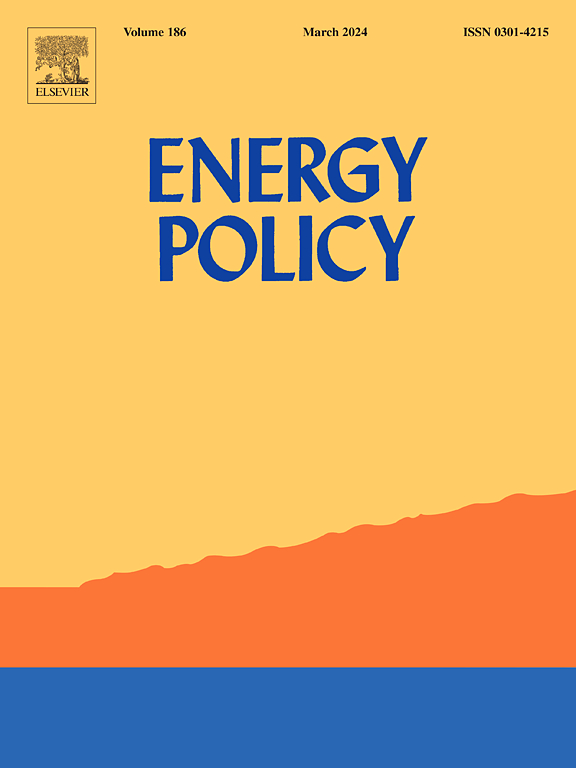评估数字技术对能源效率的影响:来自中国上市公司的证据
IF 9.2
2区 经济学
Q1 ECONOMICS
引用次数: 0
摘要
本研究旨在评估数字技术应用对中国工业上市公司能源效率的影响。它采用文本挖掘技术和差中差模型进行评估。实证分析表明,采用数字技术的企业能源强度降低了52.69%。采用数字技术的短期效应最为明显,但由于缺乏核心技术和能量反弹效应,随着时间的推移,效果逐渐减弱。能源效率的提高是由能源消耗的减少和全要素生产率的提高推动的。在采用数字技术方面存在显著的区域差异,东部地区的企业受益更多,这主要是由于其生产率和资源优化水平更高。空间分析进一步表明,低能源强度省份的企业受益于数字化,而高能源强度省份的企业尽管存在空间溢出效应,但对数字化的影响并不显著。这些结果强调了促进数字技术采用与碳减排、推进节能技术以及因地制宜地制定政策以实现效益最大化的重要性。此外,平衡环境法规与市场机制,并为技术创新提供激励,对于促进广泛采用数字技术以提高能源效率至关重要。本文章由计算机程序翻译,如有差异,请以英文原文为准。
Evaluating the impact of digital technologies on energy efficiency: Evidence from Chinese publicly listed companies
This study aims to evaluate the impact of digital technology adoption on energy efficiency in China's publicly listed industrial firms. It employs text mining techniques and a difference-in-differences model to conduct the evaluation. The empirical analysis quantifies a 52.69 % reduction in energy intensity for firms adopting digital technologies. The short-term effect of adopting digital technologies is the most obvious, but the effect gradually diminishes over time due to the lack of core technologies and the energy rebound effect. Energy efficiency improvements are driven by reductions in energy consumption and increases in total factor productivity. There are significant regional differences in the adoption of digital technologies, with firms in Eastern China benefiting more, mainly due to higher levels of productivity and resource optimization. Spatial analysis further shows firms in low-energy-intensity provinces benefit from digital adoption, while those in high-energy-intensity provinces have no significant effects despite spatial spillovers. These results underscore the importance of fostering synergies between digital technology adoption and carbon reduction, advancing energy-saving technologies, and tailoring policies to regional contexts to maximize benefits. Additionally, balancing environmental regulations with market mechanisms and providing incentives for technological innovation are critical for promoting widespread adoption of digital technologies to enhance energy efficiency.
求助全文
通过发布文献求助,成功后即可免费获取论文全文。
去求助
来源期刊

Energy Policy
管理科学-环境科学
CiteScore
17.30
自引率
5.60%
发文量
540
审稿时长
7.9 months
期刊介绍:
Energy policy is the manner in which a given entity (often governmental) has decided to address issues of energy development including energy conversion, distribution and use as well as reduction of greenhouse gas emissions in order to contribute to climate change mitigation. The attributes of energy policy may include legislation, international treaties, incentives to investment, guidelines for energy conservation, taxation and other public policy techniques.
Energy policy is closely related to climate change policy because totalled worldwide the energy sector emits more greenhouse gas than other sectors.
 求助内容:
求助内容: 应助结果提醒方式:
应助结果提醒方式:


